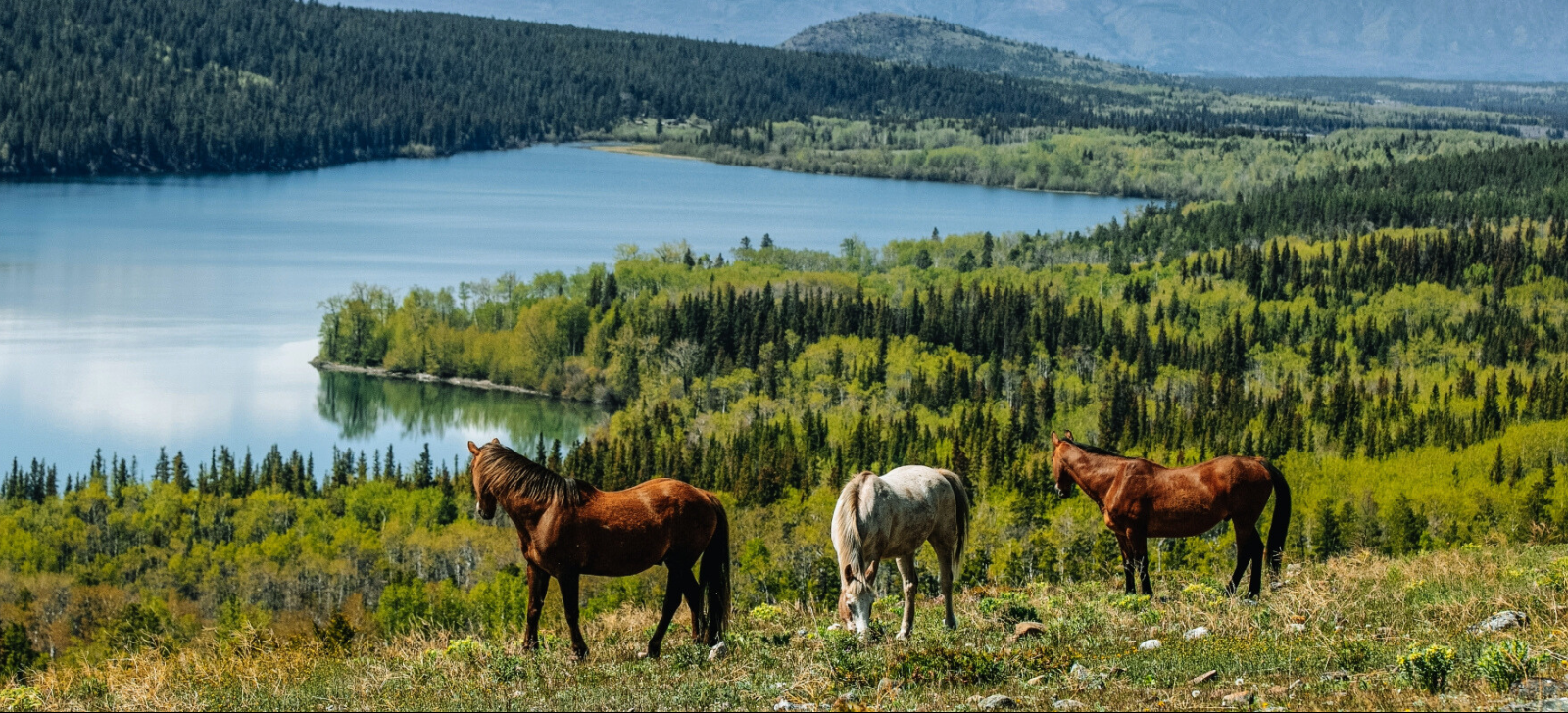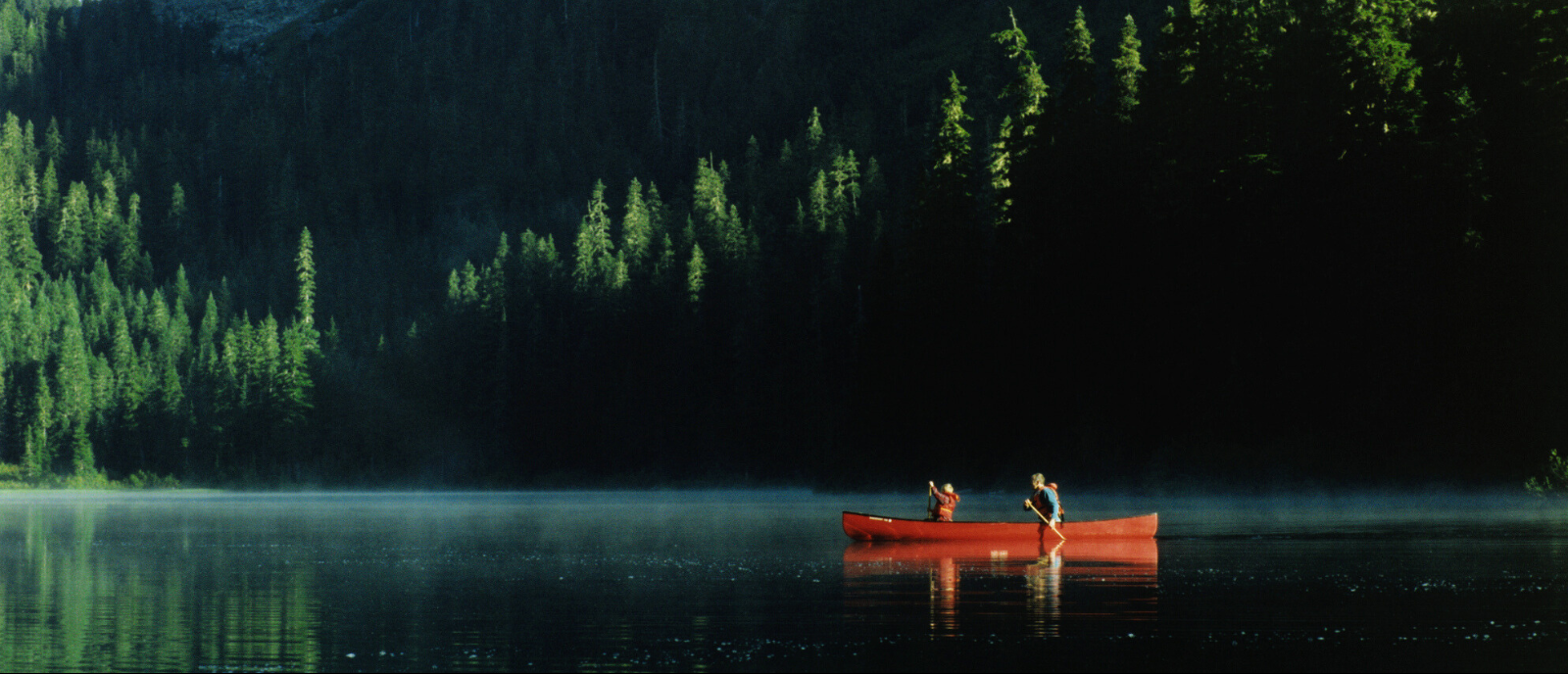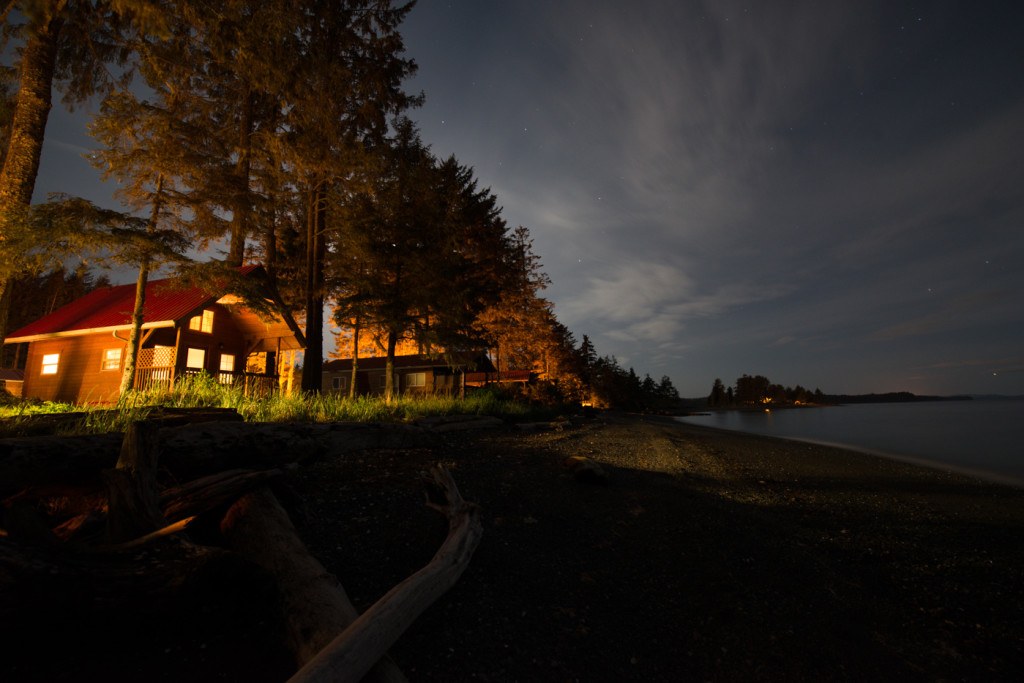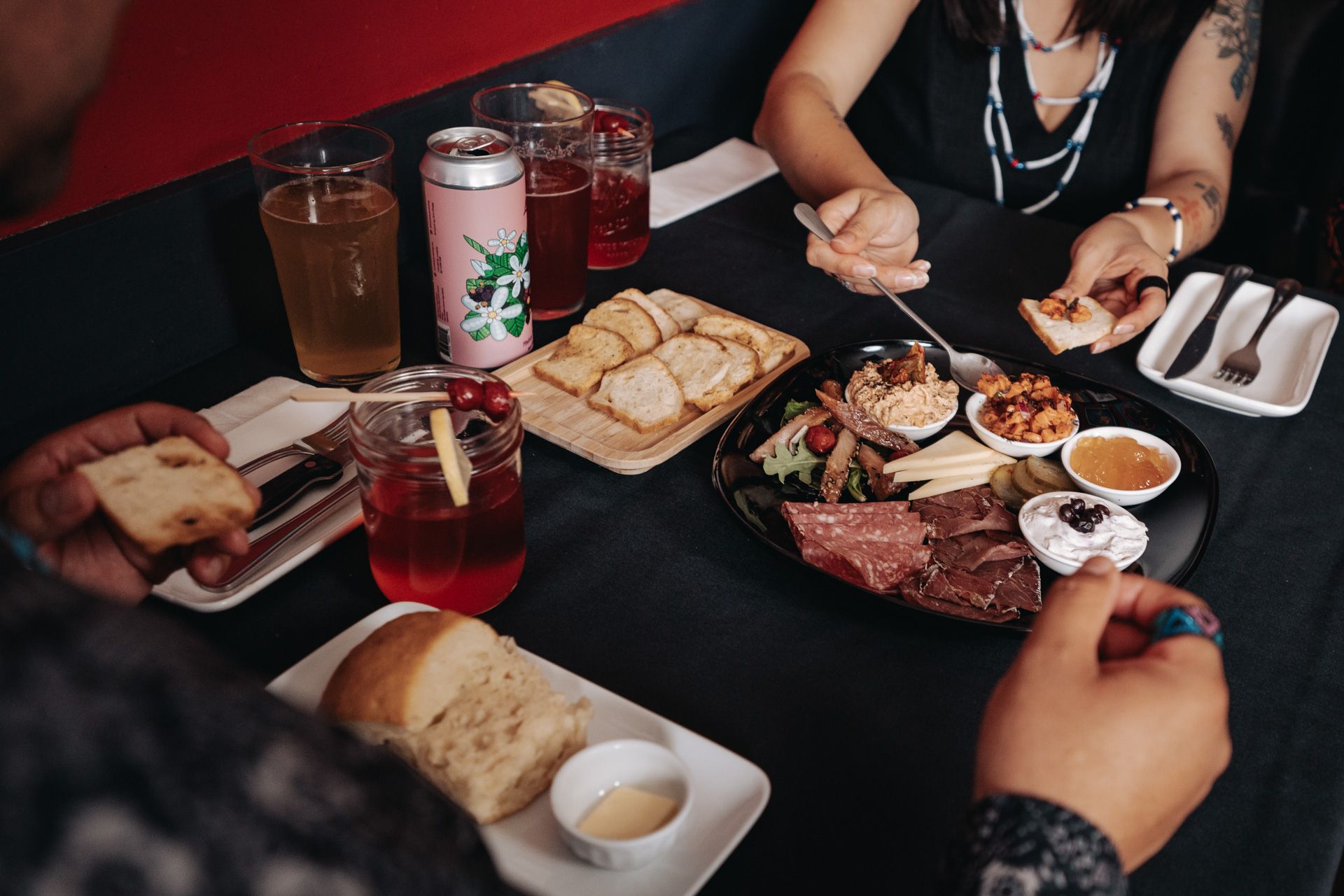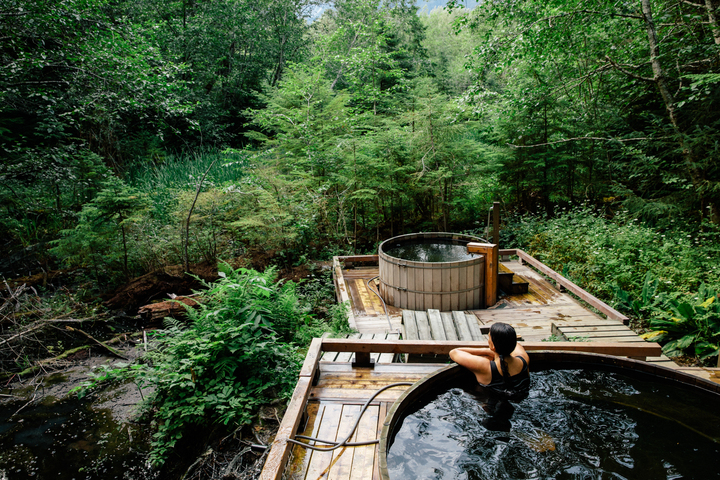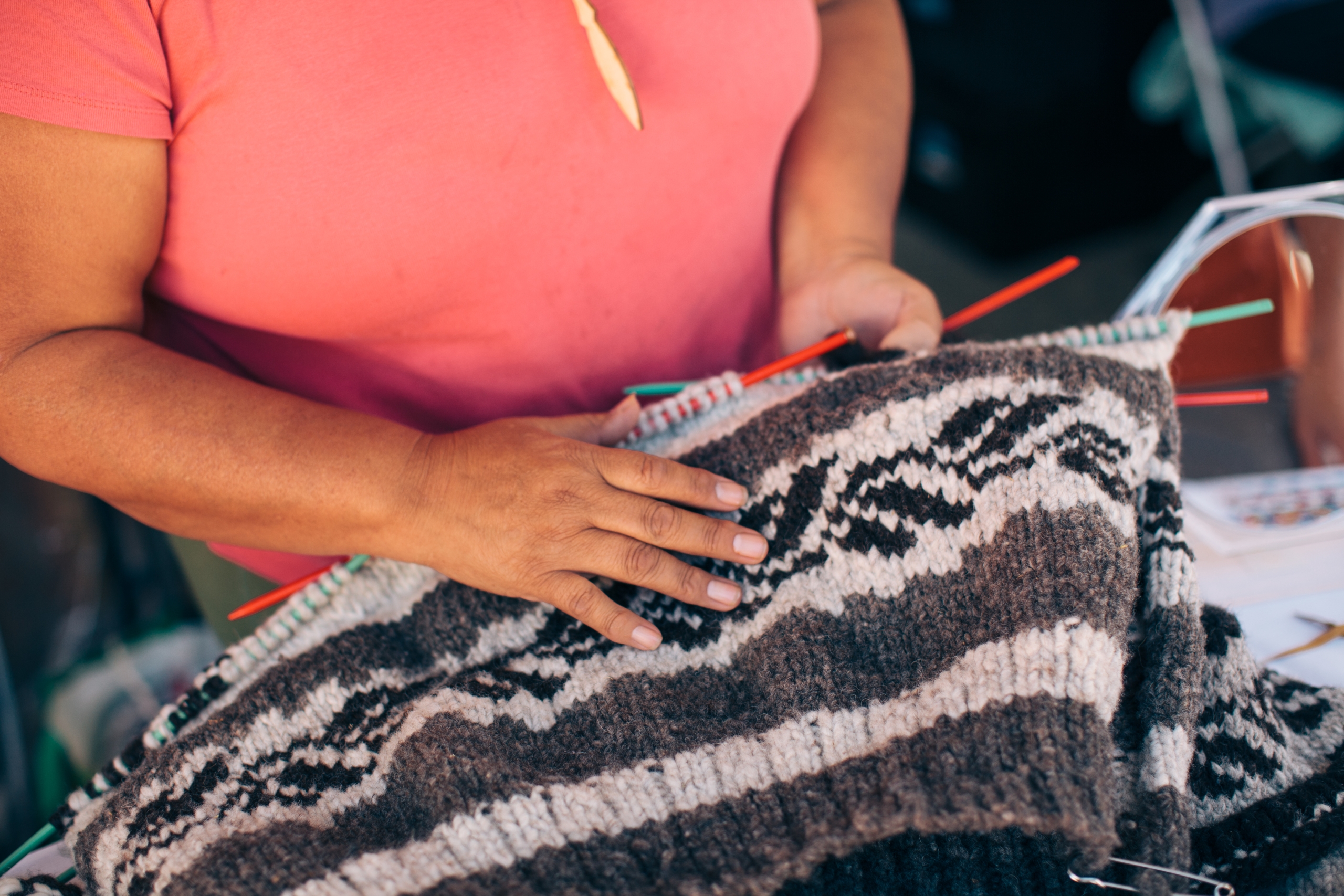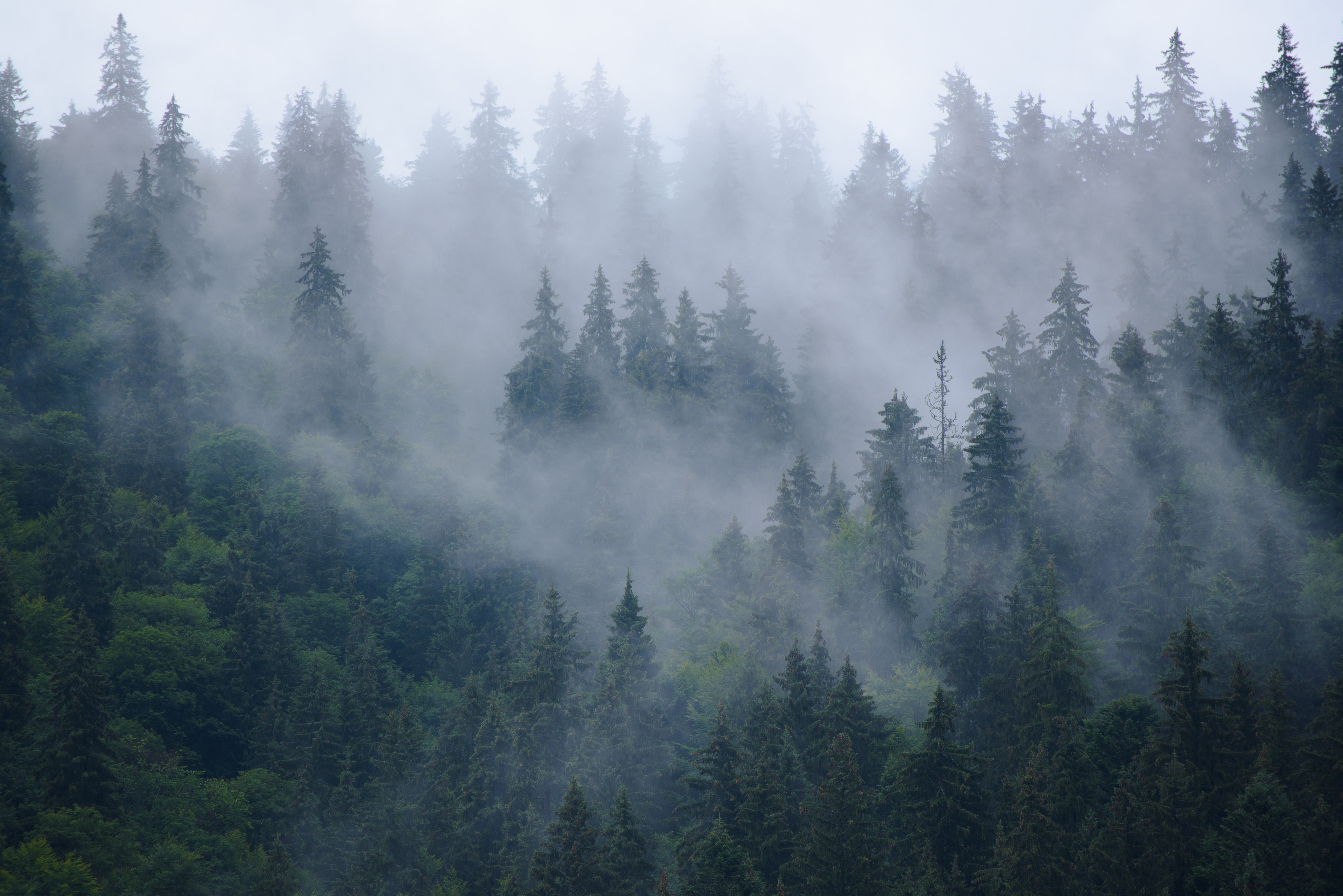
When most people think of Indigenous art in Canada, very rarely do they think of knitting.
They usually conjure up thoughts of tall, weathered totem poles bearing the likenesses of spirit animals and ancestral faces. They may even think of intricately carved wooden masks, or colourful paintings.
However, the art of Cowichan Knitting is a unique form of knitting developed by the Cowichan Tribes–Hul’q’umi’num-speaking People—and part of a larger group referred to as the Coast Salish People. The Traditional Territory of the Cowichan People on the southeastern coast of present-day Vancouver Island is home to seven traditional villages: Kwa’mutsun, Qwum’yiqun’, Xwulqw’selu, S’amunu Lhumlhumuluts’, Xinupsum, and Tl’ulpalus.
The sweaters, which are sometimes also called Siwash Sweaters, Curling Sweaters, or rarely Mary Maxim Sweaters, combine Coast Salish spinning and weaving methods with European textile techniques. The Cowichan People wove blankets and clothing out of various fibres but did not knit prior to European contact.


Never Pick Up Knitting When You’re Mad
“Our ancestors were weavers back then,” said Yvonne Sam, a Cowichan knitter.
“We wove our clothes from small dog hairs. This is before the Europeans brought over sheep to the island. One lady from Scotland came and taught my ancestors how to knit. My ancestors got the art of knitting, and from there developed our own unique style of knitting that is known worldwide as our traditional Cowichan sweaters.”
Learning to knit these sweaters was and still is a technique passed down from generation to generation.
“The art of knitting is handed down by our mothers, grandmothers, aunts–and my dad as well!” said Sam. “One of the most important things that my grandmother taught me was to never pick up my knitting when I’m mad or upset.”
“The reason for this, is so no bad or ill feelings are passed on to the person who will own their Cowichan sweater. I still go by what my grandmother taught me today.”
“We were also taught that each and every person has their own distinctive style of Cowichan sweater. Each Cowichan sweater owner is different, and our knitters knit for the person, their style, and their own very distinct personality,” shared Sam.
Cultural Icons: Coast Salish Knitters and the Cowichan Sweater
The production of the sweaters evolved as a culture-based economy for the Cowichan and has grown into a national and international industry.
“Our Cowichan sweater helps to keep you warm and dry, and to most of our Cowichan knitters are a lifeline, where knitting helps us to bring in the income to help raise our families.”
Today, Cowichan sweaters are included in museum collections nationally and internationally, and the famous garment is among the most readily recognized First Nations handiwork by visitors of Canada. In 2012, the Historic Sites and Monuments Board of Canada named Coast Salish knitters and the Cowichan sweater cultural icons.

